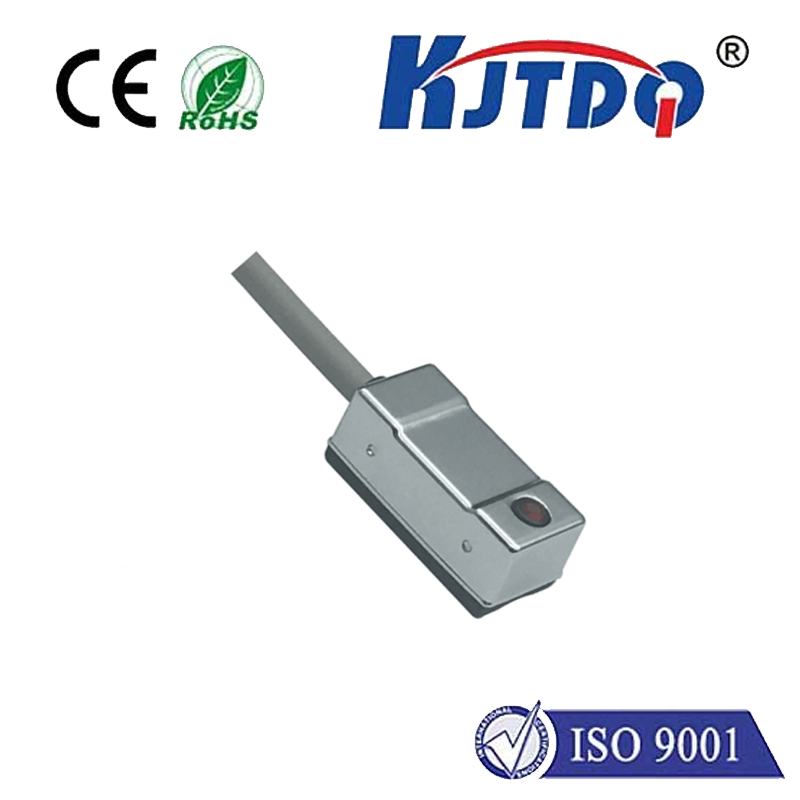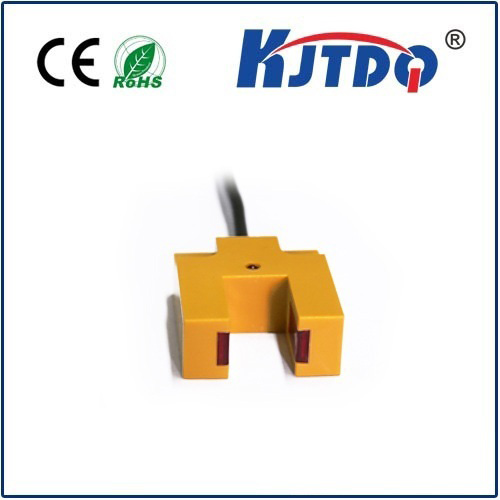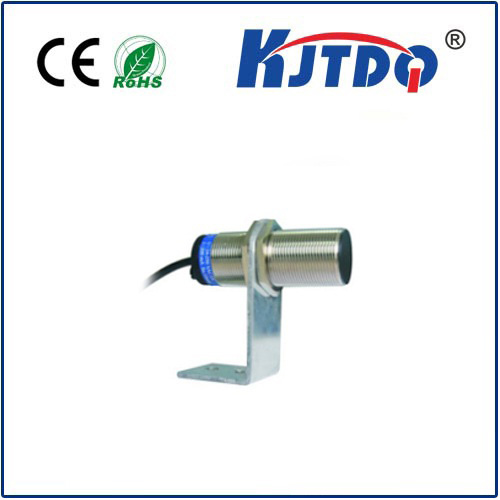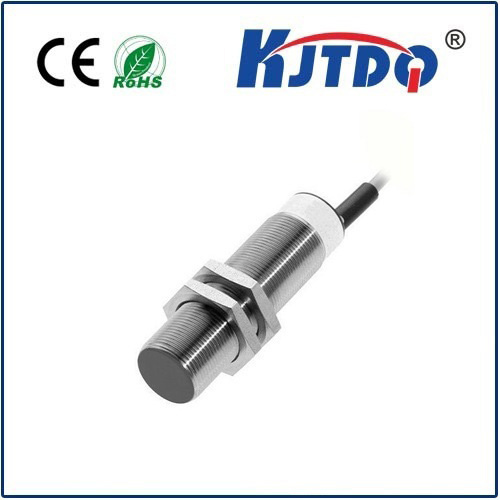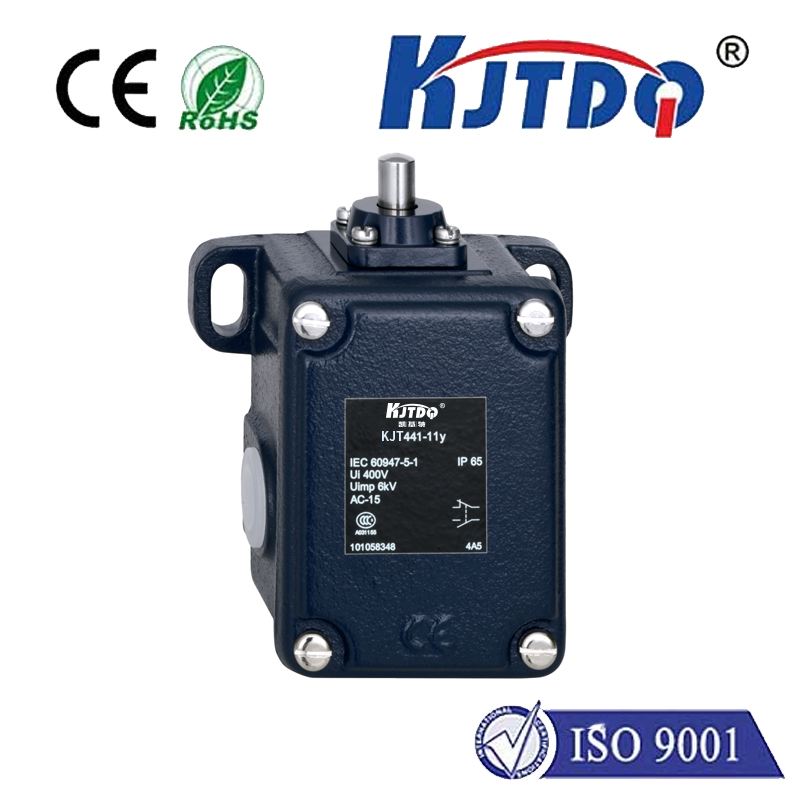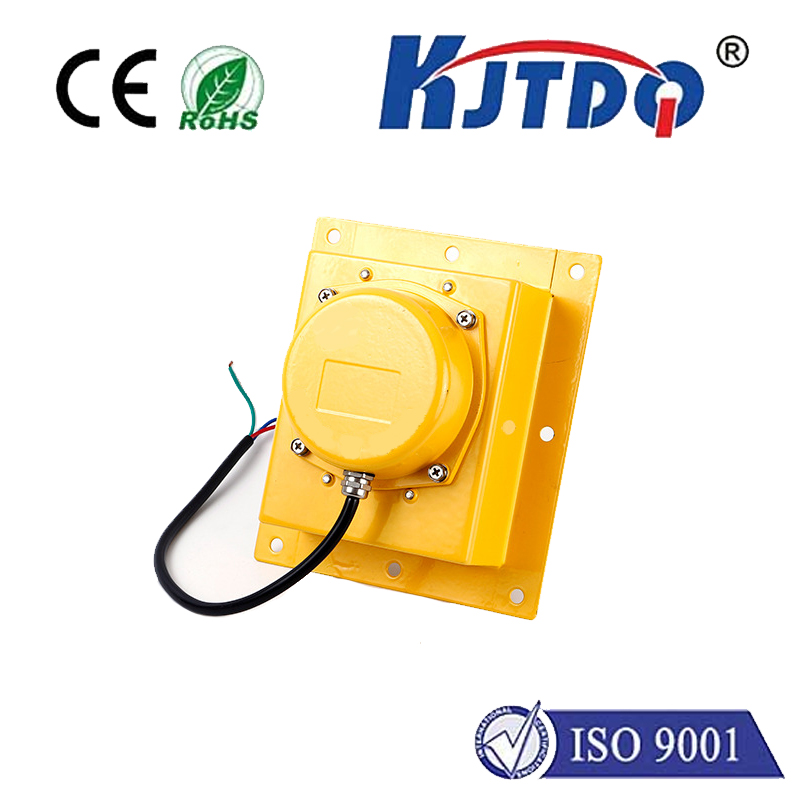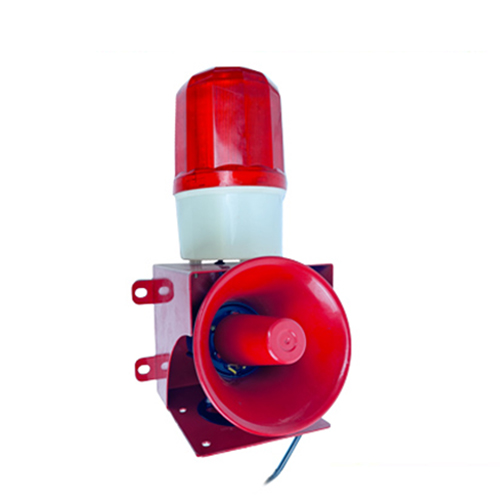analog proximity sensor
- time:2025-09-05 14:03:42
- Нажмите:0
Analog Proximity Sensors: Beyond the Switch with Continuous Distance Insight
In a world increasingly driven by precision and automation, simply knowing if something is present often falls short. Modern applications demand to know how close something is. That’s where the often-underestimated analog proximity sensor truly shines. Unlike its digital cousin that merely signals “object present” or “object absent,” an analog proximity sensor provides a continuous output signal directly proportional to the distance of the detected object. This nuanced information unlocks a vast array of possibilities far beyond simple detection, making it an indispensable tool for engineers seeking fine control and measurement.
Decoding the Analog Advantage: How It Works
At their core, analog proximity sensors operate on the same fundamental principles as their digital counterparts: typically inductive (for metallic targets) or capacitive (for both metallic and non-metallic targets) sensing.
- Inductive Sensors: These generate an oscillating electromagnetic field. When a conductive metal object enters this field, it induces eddy currents within the target. These currents absorb energy from the sensor’s field, causing a measurable change in the oscillation’s amplitude or frequency.
- Capacitive Sensors: These create an electrostatic field. Any object (conductive or non-conductive) entering this field alters its capacitance. The sensor detects this change in capacitance.
The critical difference lies in the output stage. Instead of triggering a simple on/off switch at a preset threshold, an analog sensor’s internal circuitry is designed to continuously translate the magnitude of the field disturbance (caused by the target’s proximity) into a smoothly varying electrical signal. This signal output is usually:
- Voltage: Commonly scaled, such as 0-10V DC. 0V might represent the sensor’s maximum sensing distance, while 10V represents the closest detectable point within its range.
- Current: Often a 4-20mA loop. Here, 4mA typically signifies “no target” or maximum distance (often also indicating circuit health via “live zero”), scaling up to 20mA at the minimum sensing distance.
Why Choose Analog? The Compelling Benefits

The continuous distance measurement capability of analog proximity sensors offers unique advantages critical in many demanding applications:
- Precision Positioning and Control: They provide the granular data needed for real-time adjustments. For instance, controlling the gap between a robotic gripper and a workpiece, precisely positioning a spindle, or managing the roll gap in metal processing requires knowing the exact distance, not just presence/absence.
- Level Monitoring: Analog sensors excel at continuous level sensing in tanks containing liquids, granules, or powders (using capacitive principles). The output signal directly correlates to the fill level, enabling precise inventory management and process control without needing complex arrays of point-level sensors.
- Thickness and Dimension Measurement: By mounting sensors on opposite sides of a moving material (metal, plastic, paper), the analog outputs can be used to calculate thickness continuously as the material passes through. Similarly, they can monitor diameter or runout.
- Vibration Monitoring and Runout Detection: Mounted next to rotating shafts or components, the continuous distance signal can reveal vibration patterns or eccentricity (runout), providing valuable diagnostic data for predictive maintenance.
- Smoother Transitions and Control Logic: The analog signal feeds directly into controllers (PLCs, DCS, microcontrollers) equipped with analog inputs. This allows for Proportional-Integral-Derivative (PID) control loops or complex logic based on the degree of proximity, enabling smoother machine operation and response compared to the abrupt changes triggered by digital sensors.
- Resilience to Environmental Challenges: Like robust industrial sensors, quality analog proximity sensors are built for harsh conditions. They offer excellent resistance to electromagnetic interference (EMI), dust, dirt, moisture (high IP ratings like IP67/IP69K are common), and mechanical shock. This ruggedness ensures reliable performance even in demanding factory floors or outdoor settings.
Key Considerations When Selecting an Analog Proximity Sensor
Choosing the right analog sensor requires careful evaluation of several factors:
- Sensing Principle: Inductive (metals only) or Capacitive (metals and non-metals, affected by material dielectric constant)?
- Sensing Range: What is the required minimum and maximum distance to be measured? Ensure the sensor’s specified range meets the application needs. Remember that actual range can be influenced by target material and size.
- Output Type: Voltage (e.g., 0-10V) or Current (e.g., 4-20mA)? Consider the input capabilities of your controller and the required noise immunity (current loops are generally more noise-resistant over long cables).
- Linearity: How accurately does the output signal represent the actual distance change across the entire sensing range? Higher linearity is crucial for precision measurement applications. Datasheets will specify linearity tolerance (e.g., ±1% Full Scale).
- Hysteresis: The difference in the point where the output changes as the target approaches versus when it moves away. Lower hysteresis is generally desirable for precise measurement.
- Target Material and Size: Inductive sensors require ferrous or non-ferrous metals and are highly sensitive to target size and shape. Capacitive sensors are sensitive to the dielectric properties and size of the material.
- Environmental Factors: Temperature extremes, potential washdowns, exposure to chemicals, or heavy vibration? Select a sensor with appropriate ratings (temperature range, IP rating, housing material).
- Mounting and Housing: Cylindrical (threaded barrel) or rectangular block shape? Required mounting orientation?
Real-World Applications: Where Analog Proximity Sensors Excel
The versatility of analog distance sensing finds critical application across numerous sectors:
- Factory Automation: Precise robotic positioning, assembly line control, roll gap measurement in rolling mills, part dimension verification, conveyor belt tracking.
- Process Industries: Continuous level monitoring of liquids, slurries, and bulk solids in tanks and silos (using capacitive sensors), thickness control in paper mills and plastic extrusion lines.
- Automotive: Suspension travel measurement, brake wear monitoring, precise component positioning during assembly, end-of-line testing.
- Packaging Machinery: Controlling fill levels, monitoring film thickness, precise positioning of cartons or products.
- Перевозка материалов: Pallet positioning, crane hook height monitoring, collision avoidance systems (providing graded warnings).
- Hydraulics & Pneumatics: Cylinder rod position feedback for proportional valve control.
- Возобновляемые источники энергии: Monitoring blade deflection or gearbox vibrations in wind turbines.
Looking Ahead: Integration and Intelligence
The future for analog proximity sensors involves tighter integration within smarter systems. While they provide the crucial raw distance data, combining them with microcontrollers, Industrial Internet of Things (IIoT) gateways, and advanced analytics unlocks even greater value. Predictive maintenance algorithms can analyze vibration trends, or centralized systems can monitor fill levels across an entire plant remotely. Modern sensor design also focuses on increased energy efficiency and even easier integration with digital buses through hybrid signal outputs or integrated converters.
Embracing Continuous Insight
While the binary simplicity of digital sensors has its place, the analog proximity sensor is the unsung hero when precision matters. Its ability to deliver a continuous stream of distance data transforms simple detection into sophisticated control and measurement. From ensuring the perfect gap on an automated assembly line to safeguarding critical processes through continuous level monitoring, the analog proximity sensor provides the vital, nuanced information that pushes the boundaries of efficiency, quality, and safety in modern industrial and technological applications. When your project demands more than just a switch, look to the continuous insight offered by an analog proximity sensor.

